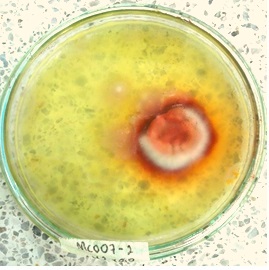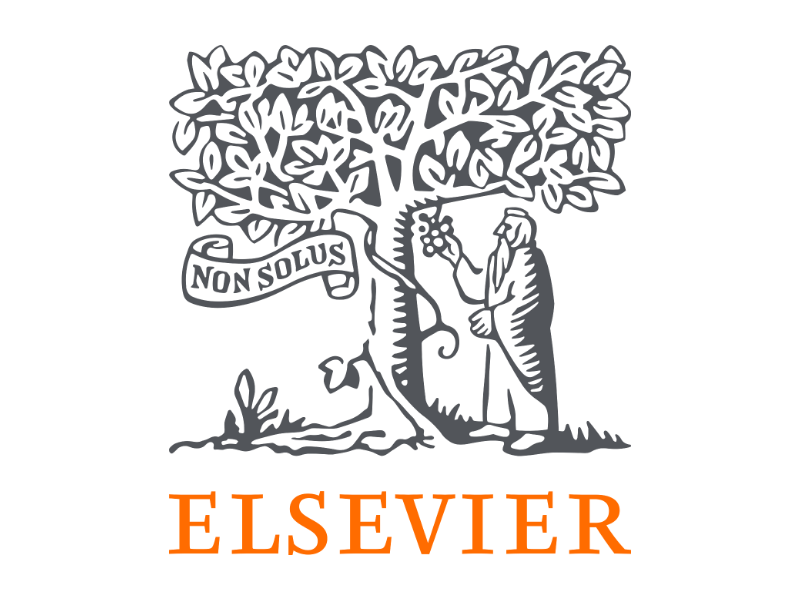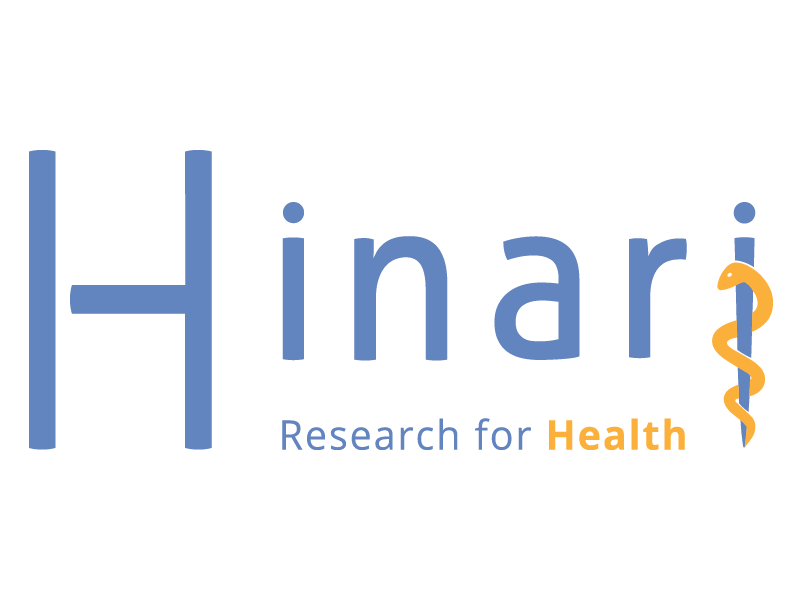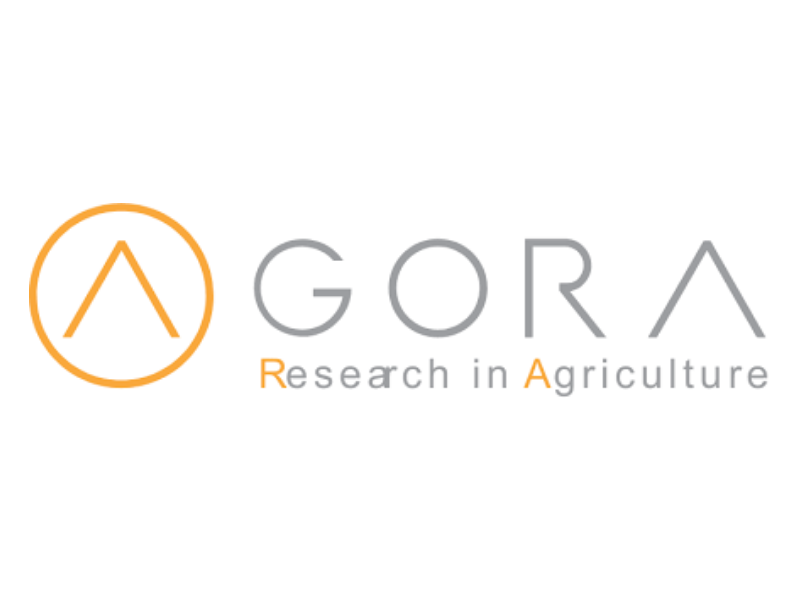Efecto citotóxico de Deoxinivalenol sobre la proliferación de la línea celular HepG2
Cytotoxic effect of Deoxynivalenol on the proliferation of the HepG2 cell line

Mostrar biografía de los autores
Objetivo. Determinar el efecto citotóxico e inducción de la apoptosis de Deoxinivalenol (DON) sobre la línea celular de hepatocarcinoma humano (HepG2). Materiales y métodos. La línea celular HepG2 se expuso a concentraciones de 10, 25, 50 y 75 µM de DON liofilizado durante 48 y 72 horas. Posteriormente, la actividad citotóxica de DON se evaluó empleando el ensayo MTT (bromuro de 3-(4,5-dimetil-2-tiazolil) -2, 5-difeniltetrazolio). Finalmente, se analizaron los cambios morfológicos propios de la apoptosis en las células HepG2 por microscopía electrónica de transmisión, después del tratamiento con 50 μM de DON durante 48 horas. Resultados. DON, afecta la actividad metabólica y proliferación de las células HepG2 por encima de los 10 µM, en comparación con el control. La concentración inhibitoria media (CI50) de DON sobre las células HepG2, fue de 42.8 µM DE±1.2 y de 29.6 µM DE±3.1 a las 48 horas y 72 horas de tratamiento, respectivamente. Se observaron características morfológicas de la apoptosis en las células HepG2, como la fragmentación nuclear y celular, invaginación de la membrana plasmática y formación de los cuerpos apoptóticos. Conclusiones. DON, es un agente citotóxico sobre las células HepG2 que altera la actividad metabólica celular, con un efecto antiproliferativo significativo de manera dependiente a la concentración y al tiempo de exposición, e induce la muerte celular apoptótica.
Visitas del artículo 732 | Visitas PDF
Descargas
- Mayer E, Novak B, Springler A, Schwartz-Zimmermann H, Nagl V, Reisinger N, et al. Effects of deoxynivalenol (DON) and its microbial biotransformation product deepoxy-deoxynivalenol (DOM-1) on a trout, pig, mouse, and human cell line. Mycotoxin Res. 2017; 33(4):297–308. https://link.springer.com/article/10.1007/s12550-017-0289-7
- Pestka J. Toxicological mechanisms and potential health effects of deoxynivalenol and nivalenol. World Mycotoxin J. 2010; 3(4):323–347. https://doi.org/10.3920/WMJ2010.1247
- Pinton P, Tsybulskyy D, Lucioli J, Laffitte J, Callu P, Lyazhri F, et al. Toxicity of deoxynivalenol and its acetylated derivatives on the intestine: Differential effects on morphology, barrier function, tight junctions proteins and MAPKinases. Toxicol Sci. 2012; 130(1):180–190. https://www.ncbi.nlm.nih.gov/pubmed/22859312
- Ren Z, Wang Y, Deng H, Deng Y, Deng J, Zuo Z, et al. Deoxynivalenol induces apoptosis in chicken splenic lymphocytes via the reactive oxygen species-mediated mitochondrial pathway. Environ Toxicol Pharmacol. 2015; 39(1):339–346. https://www.ncbi.nlm.nih.gov/pubmed/25553575
- Arunachalam C, Doohan F. Trichothecene toxicity in eukaryotes: Cellular and molecular mechanisms in plants and animals. Toxicol Lett. 2013; 217(2):149– 158. https://www.ncbi.nlm.nih.gov/pubmed/23274714
- Wu F, Groopman F, Pestka J. Public Health Impacts of Foodborne Mycotoxins. Annu Rev Food Sci Technol. 2014; 5:351–372. https://www.ncbi.nlm.nih.gov/pubmed/24422587
- Liao Y, Peng Z, Chen L, Nüssler A, Liu L, Yang W. Deoxynivalenol, gut microbiota and immunotoxicity: A potential approach? Food Chem Toxicol. 2018; 112:342–354. https://www.ncbi.nlm.nih.gov/pubmed/29331731
- Pistritto G, Trisciuoglio D, Ceci C, Garufi A, D’Orazi G. Apoptosis as anticancer mechanism: function and dysfunction of its modulators and targeted therapeutic strategies. Aging. 2016; 8(4):603–619. https://dx.doi.org/10.18632%2Faging.100934
- Gordeziani M, Adamia G, Khatisashvili G, Gigolashvili G. Programmed cell self-liquidation (apoptosis). Annals of Agrarian Science. 2017;15(1):148–154. https://www.sciencedirect.com/science/article/pii/S151218871630029X
- Redza M, Averill D. Activation of apoptosis signalling pathways by reactive oxygen species. Biochimica et Biophysica Acta (BBA) - Molecular Cell Research. 2016; 1863(12):2977–2992. https://doi.org/10.1016/j.bbamcr.2016.09.012
- Pestka J. Toxicological mechanisms and potential health effects of deoxynivalenol and nivalenol. World Mycotoxin J. 2010; 3(4):323–347. https://doi.org/10.3920/WMJ2010.1247
- Oshikata A, Takezawa, T. Development of an oxygenation culture method for activating the liver-specific functions of HepG2 cells utilizing a collagen vitrigel membrane chamber. Cytotechnology. 2015; 68(5):1801–1811. https://doi.org/10.1007/s10616-015-9934-1
- Pinton P, Oswald I. Effect of Deoxynivalenol and Other Type B Trichothecenes on the Intestine: A Review. Toxins. 2014; 6(5):1615-1643. https://www.ncbi.nlm.nih.gov/pmc/articles/PMC4052256/
- Juan A, Berrada H, Font G, Ruiz M. Evaluation of acute toxicity and genotoxicity of DON, 3-ADON and 15-ADON in HepG2 cells. Toxicology Letters. 2017; 280S: S254-S266.
- Kupcsik L. Estimation of Cell Number Based on Metabolic Activity: The MTT Reduction Assay. Mammalian Cell Viability. Methods Mol Biol. 2011; 740:13–19. https://doi.org/10.1007/978-1-61779-108-6_3
- Jaimes N, Salmen S, Colmenares M, Burgos A, Tamayo L, Mendoza V, et al. Efecto citotóxico de los compuestos de inclusión de paladio (II) en la beta-ciclodextrina. Biomédica. 2016; 36(4):603-611. https://doi.org/10.7705/biomedica.v36i4.2880
- Dinu D, Bodea G, Ceapa C, Munteanu M, Roming F, Serban A, et al. Adapted response of the antioxidant defense system to oxidative stress induced by deoxynivalenol in Hek-293 cells. Toxicon. 2011; 57(7-8):1023–1032. https://doi.org/10.1016/j.toxicon.2011.04.006
- Alassane I, Kolf M, Gauthier T, Abrami R, Abiola F, Oswald I. New insights into mycotoxin mixtures: the toxicity of low doses of Type B trichothecenes on intestinal epithelial cells is synergistic. Toxicol Appl Pharmacol. 2013; 272(1):191–198. https://doi.org/10.1016/j.taap.2013.05.023
- Fernández C, Elmo L, Waldner T, Ruiz M. Cytotoxic effects induced by patulin, deoxynivalenol and toxin T2 individually and in combination in hepatic cells (HepG2). Food Chem Toxicol. 2018; 120:12–23. https://doi.org/10.1016/j.fct.2018.06.019
- Lei Y, Guanghui Z, Xi W, Yingting W, Xialu L, Fangfang Y, et al. Cellular responses to T-2 toxin and/or deoxynivalenol that induce cartilage damage are not specific to chondrocytes. Sci Rep. 2017; 7(2231):1-14. https://www.nature.com/articles/s41598-017-02568-5
- Mikami O, Yamaguchi H, Murata H, Nakajima Y, Miyazaki S. Induction of apoptotic lesions in liver and lymphoid tissues and modulation of cytokine mRNA expression by acute exposure to deoxynivalenol in piglets. J Vet Sci. 2010; 11(2):107-113. https://dx.doi.org/10.4142%2Fjvs.2010.11.2.107
- Ma Y, Zhang A, Shi Z, He C, Ding J, Wang X, et al. A mitochondria-mediated apoptotic pathway induced by deoxynivalenol in human colon cancer cells. Toxicol in Vitro. 2012; 26(3):414–420. https://doi.org/10.1016/j.tiv.2012.01.010























